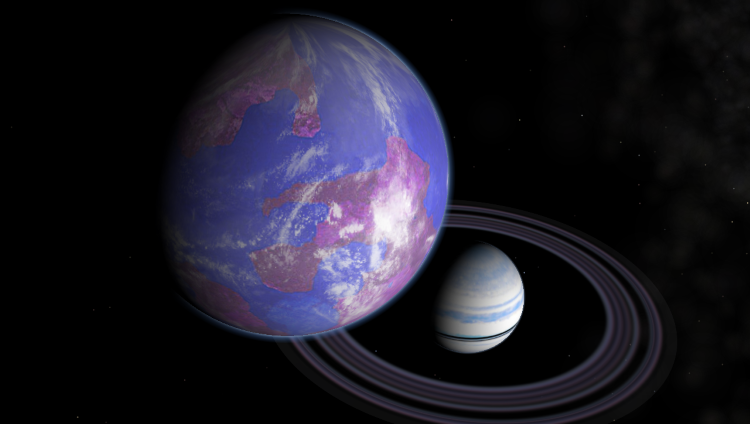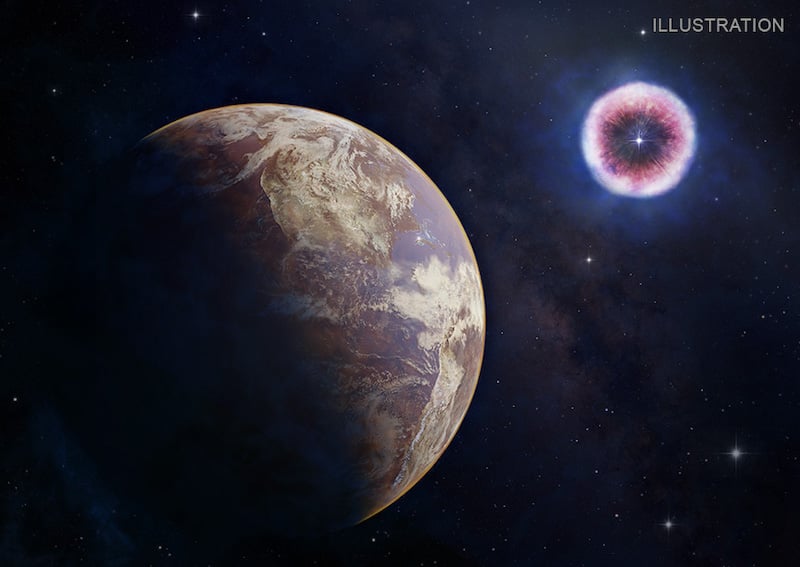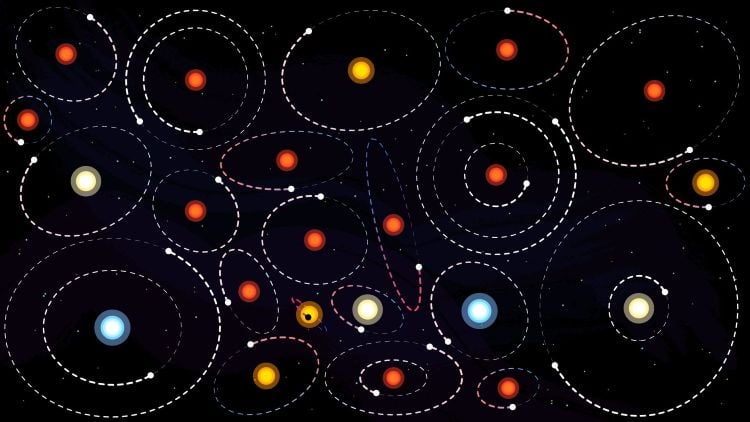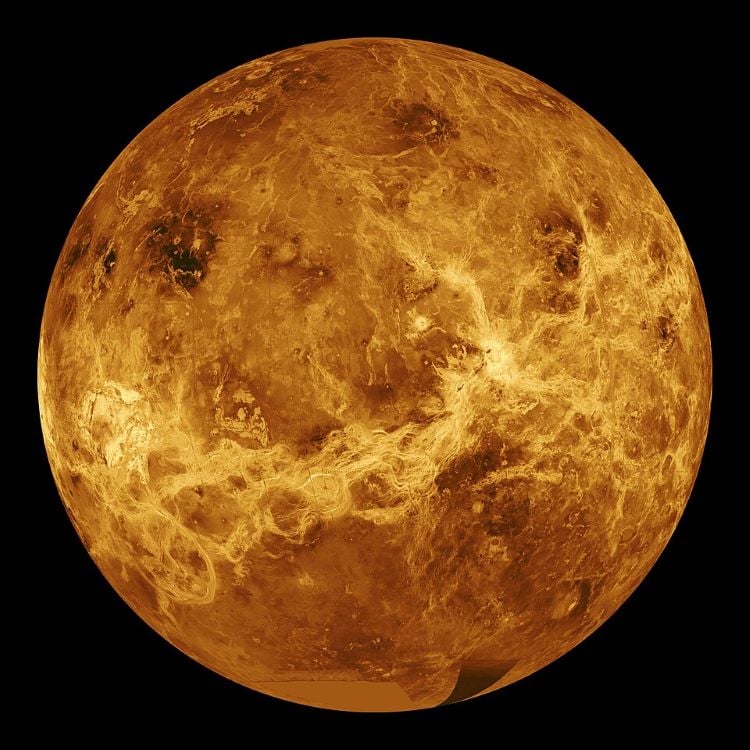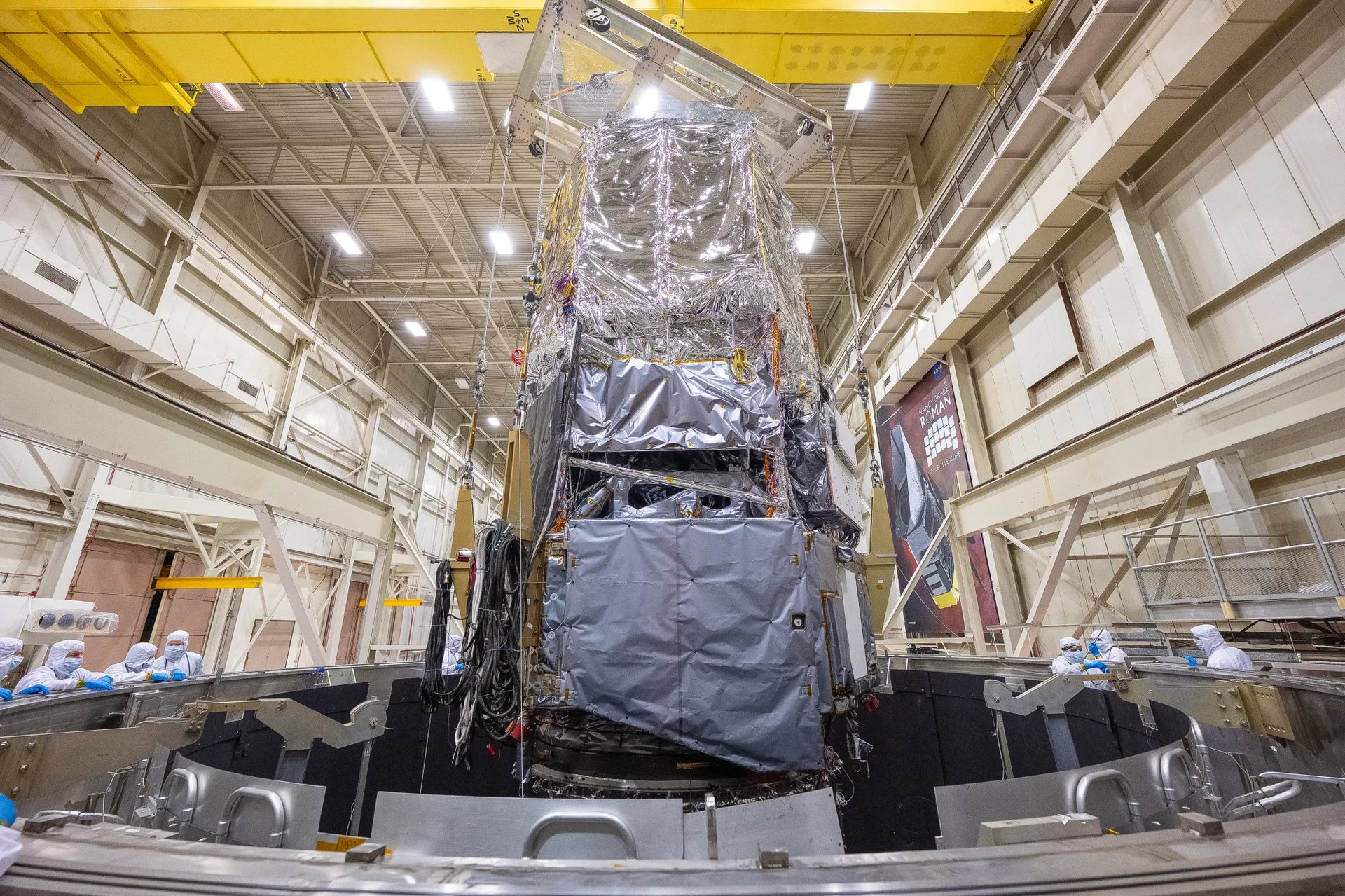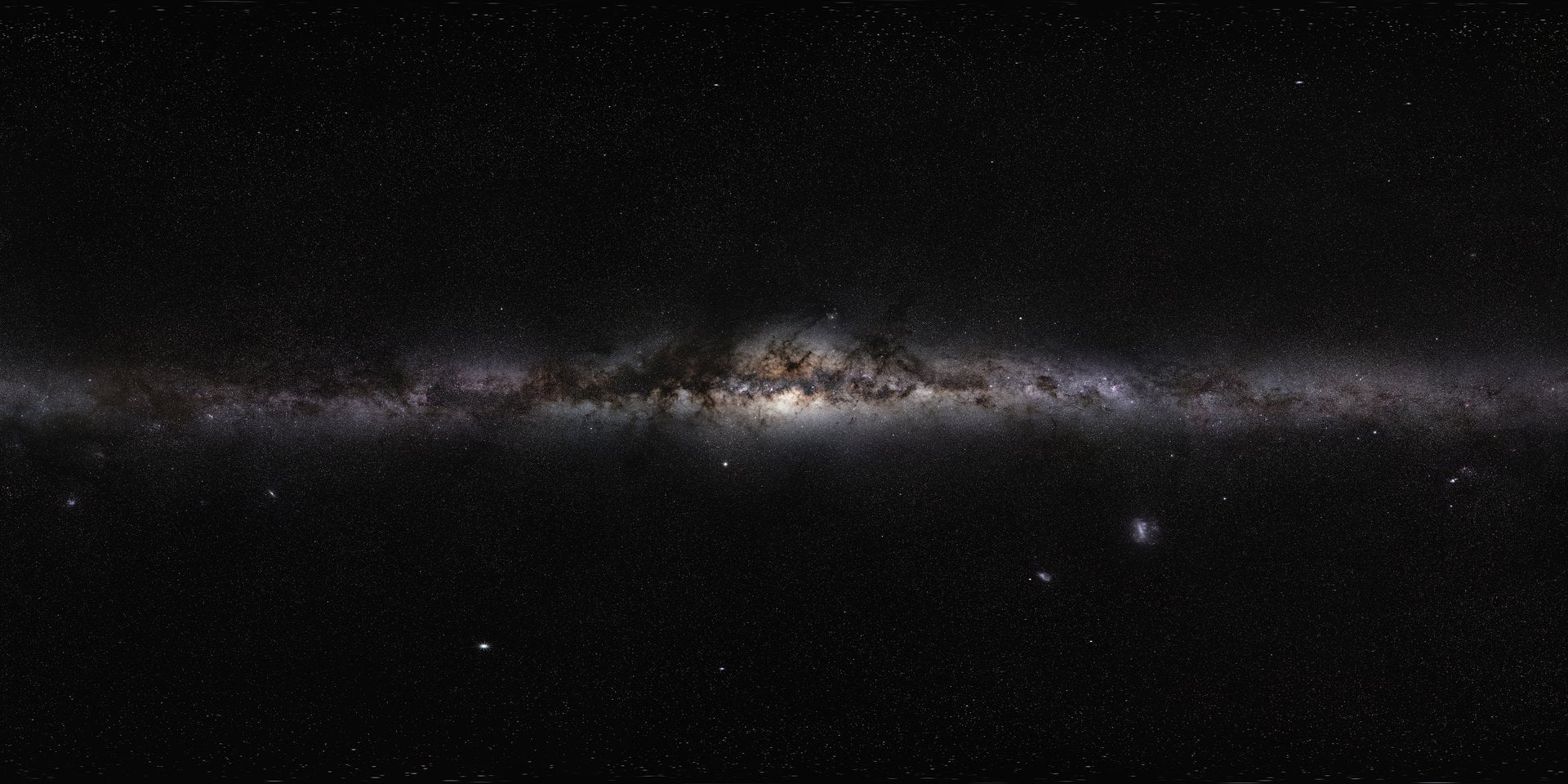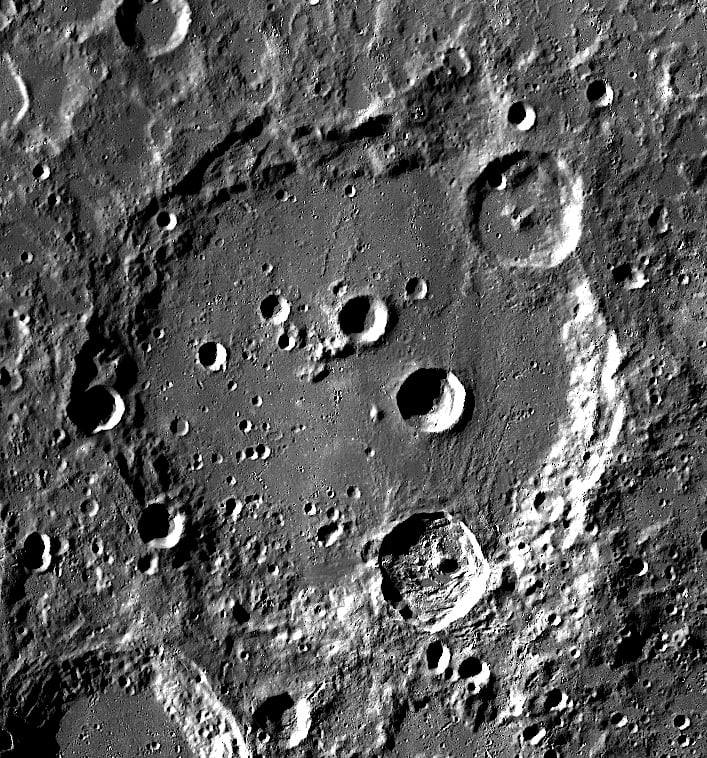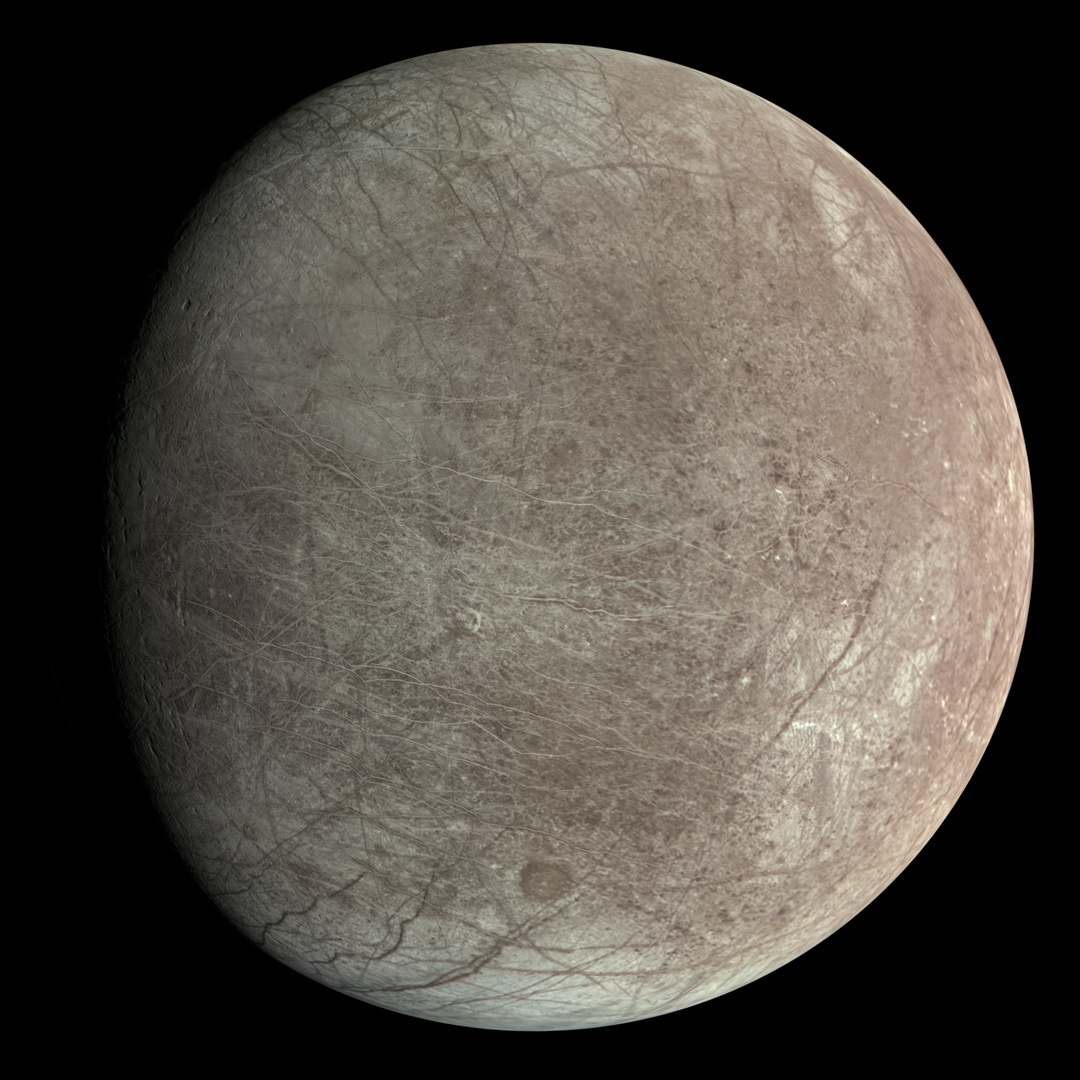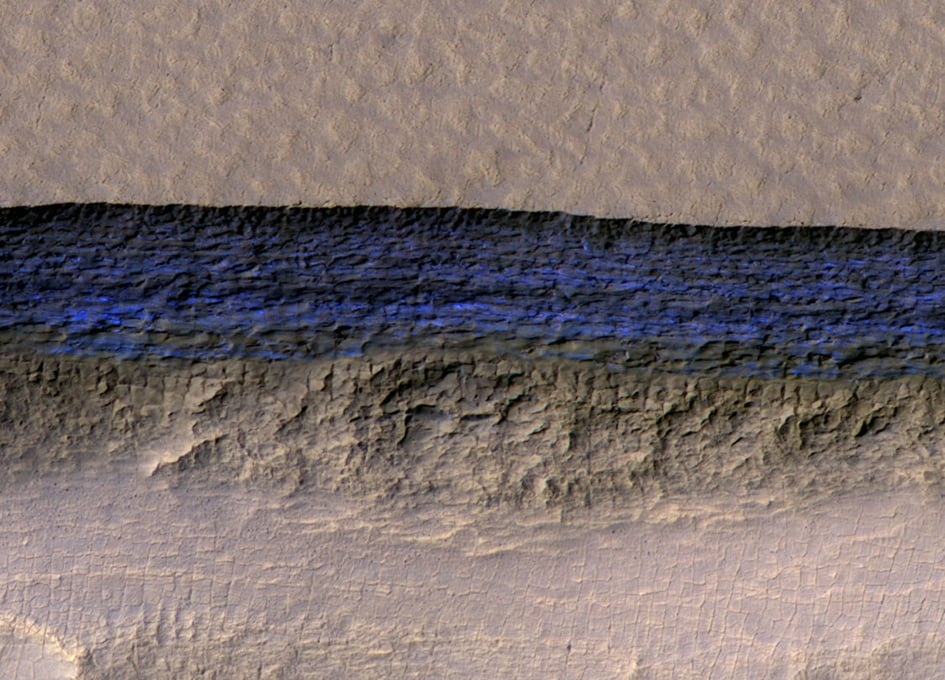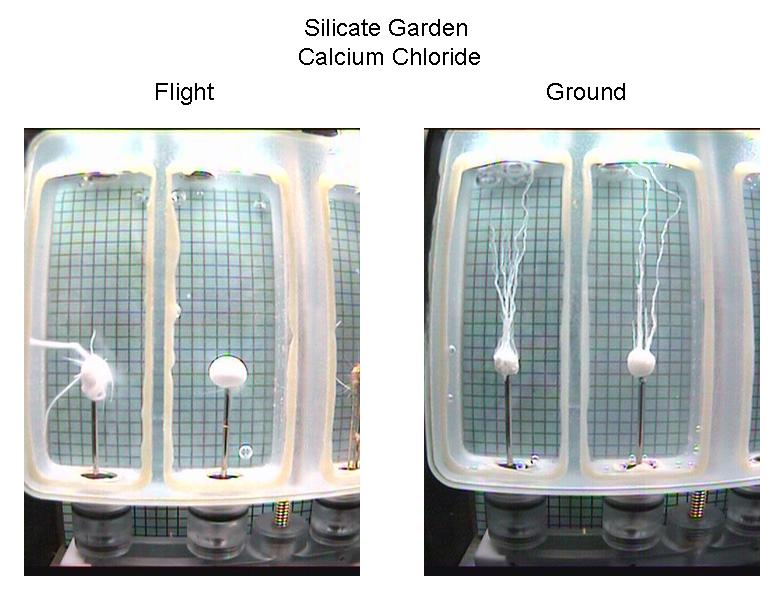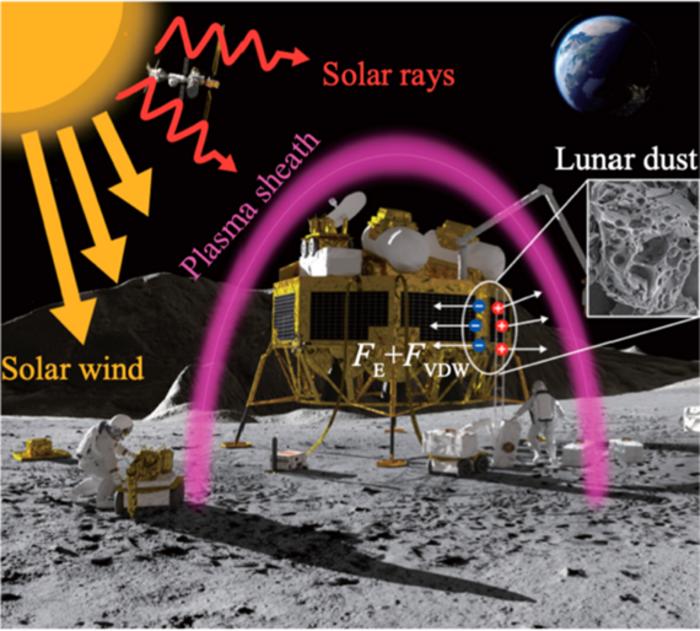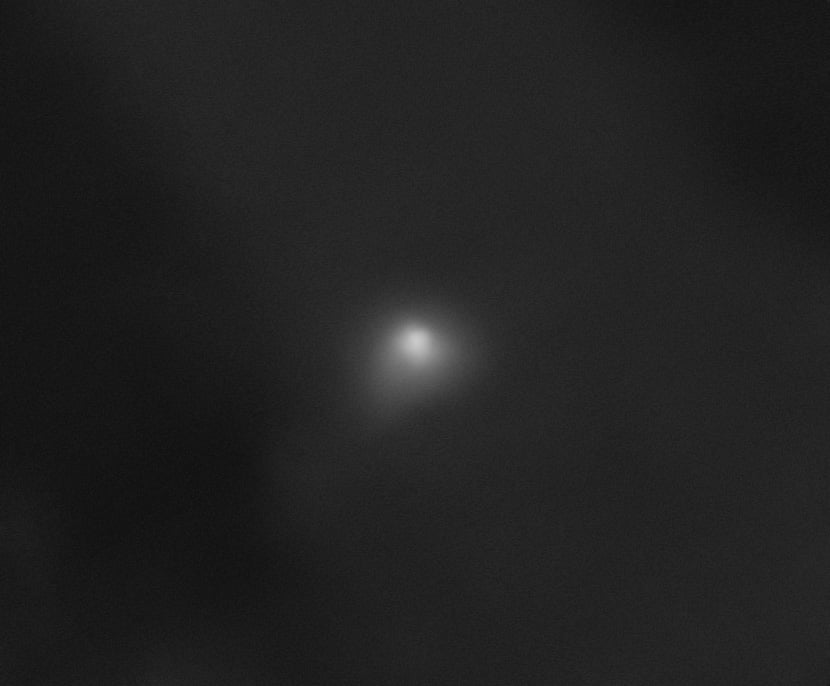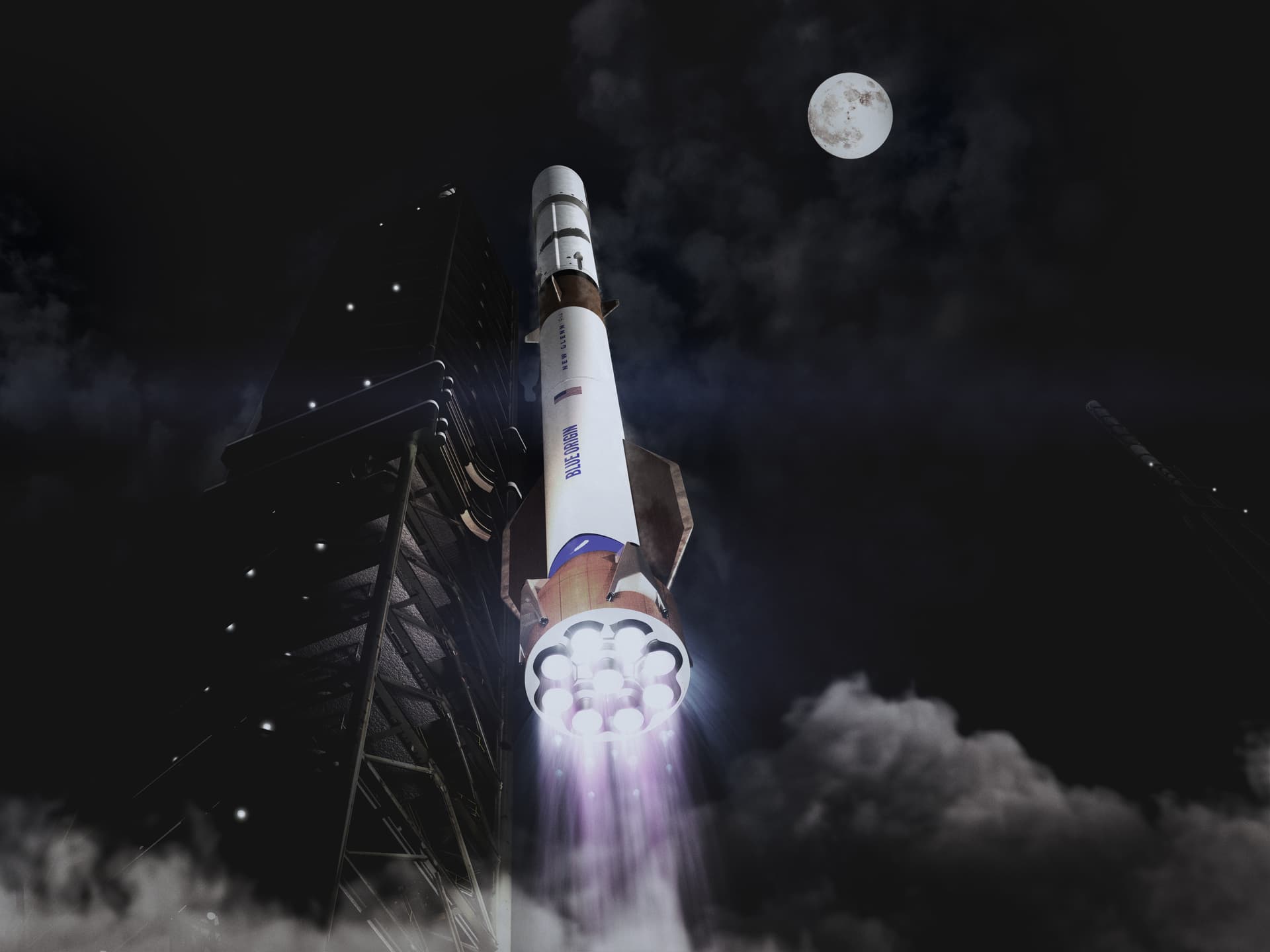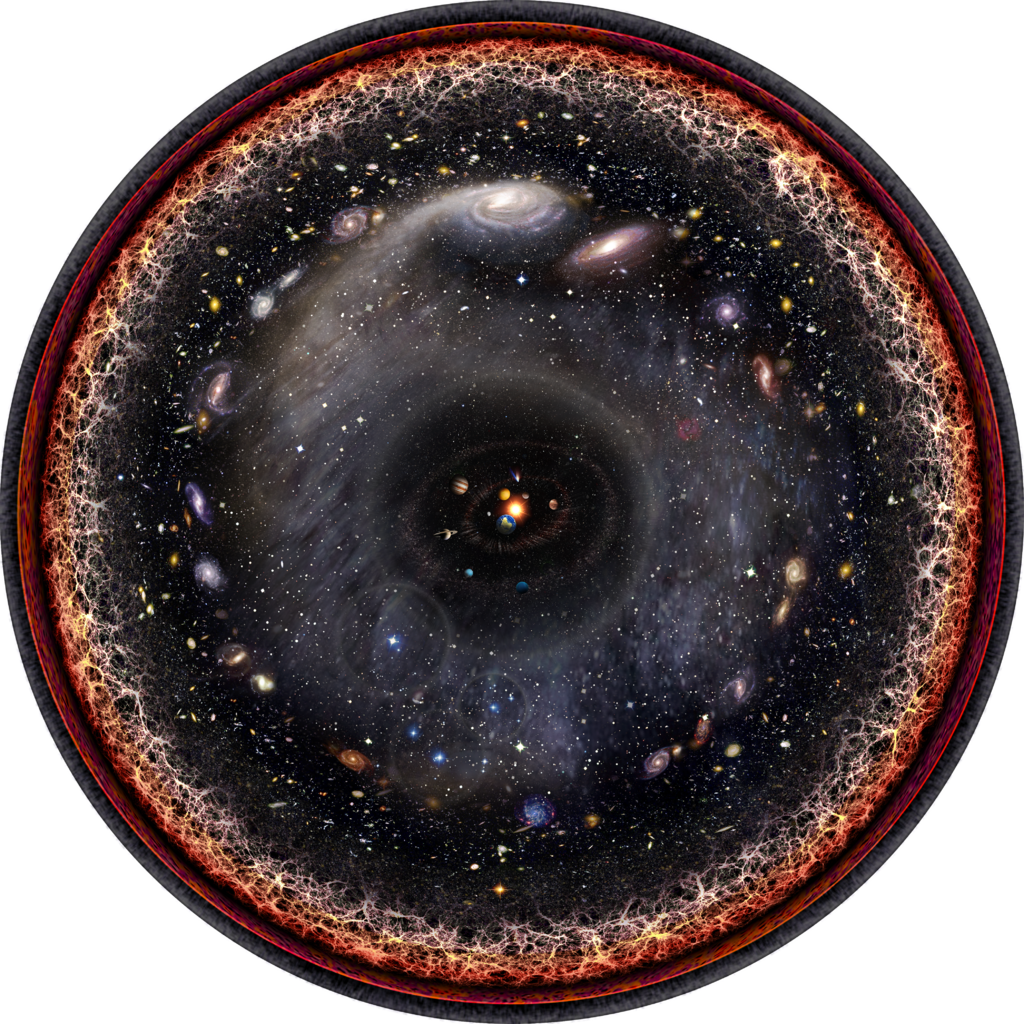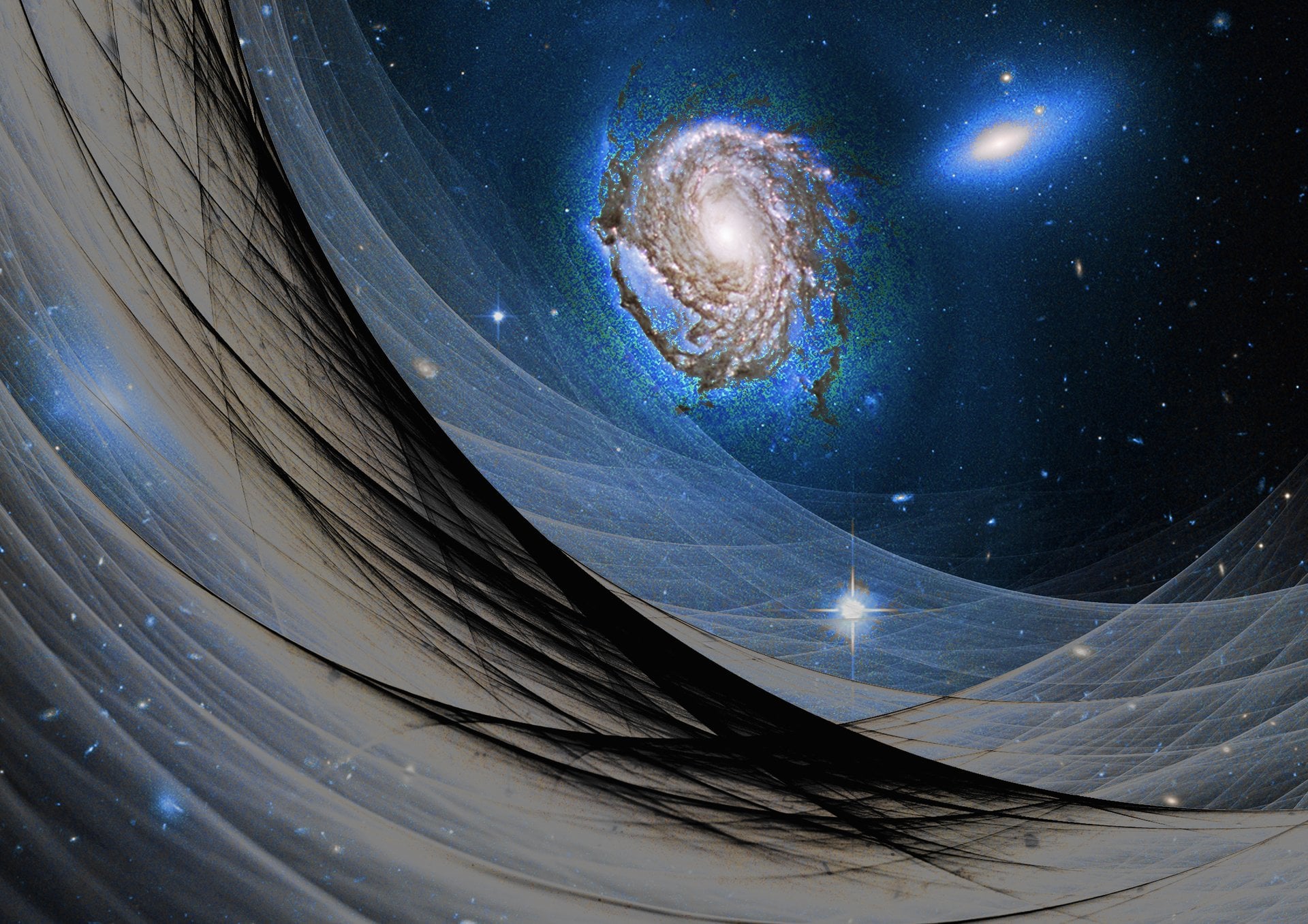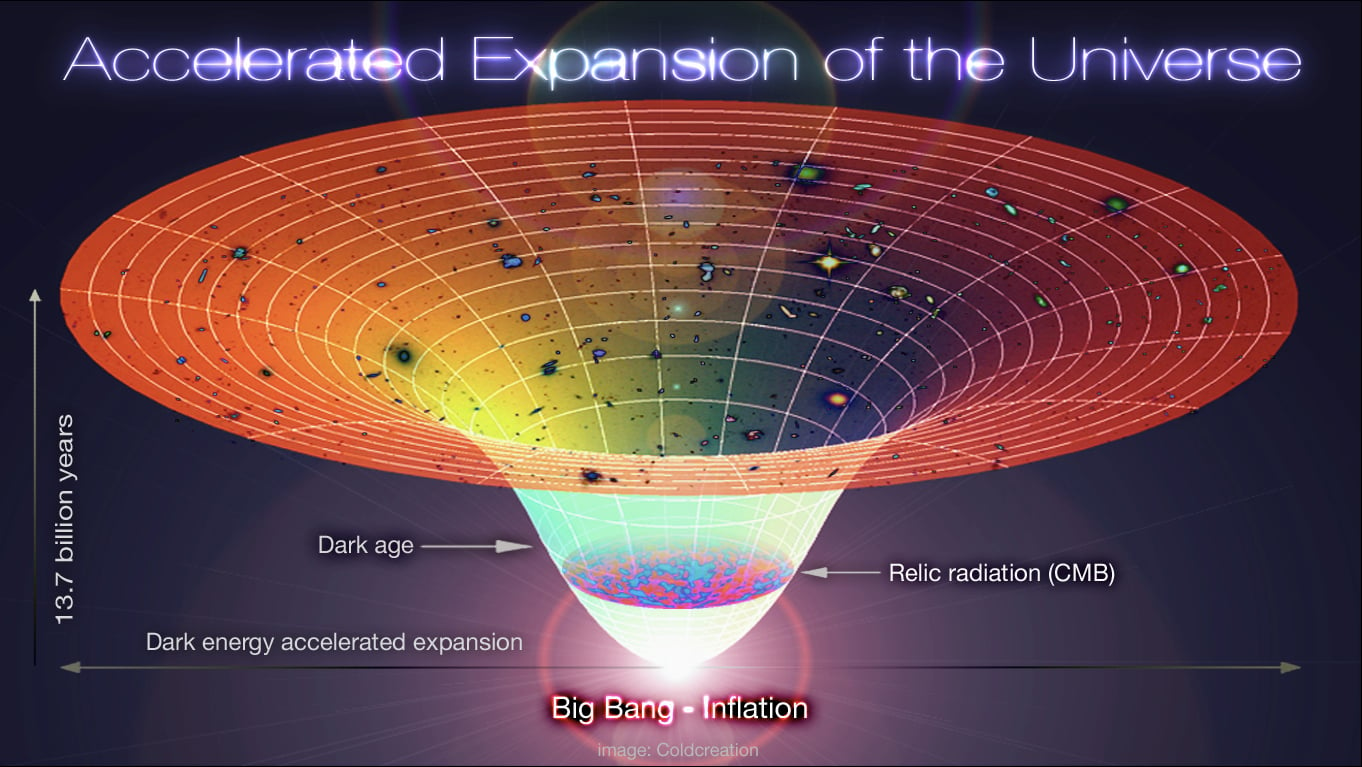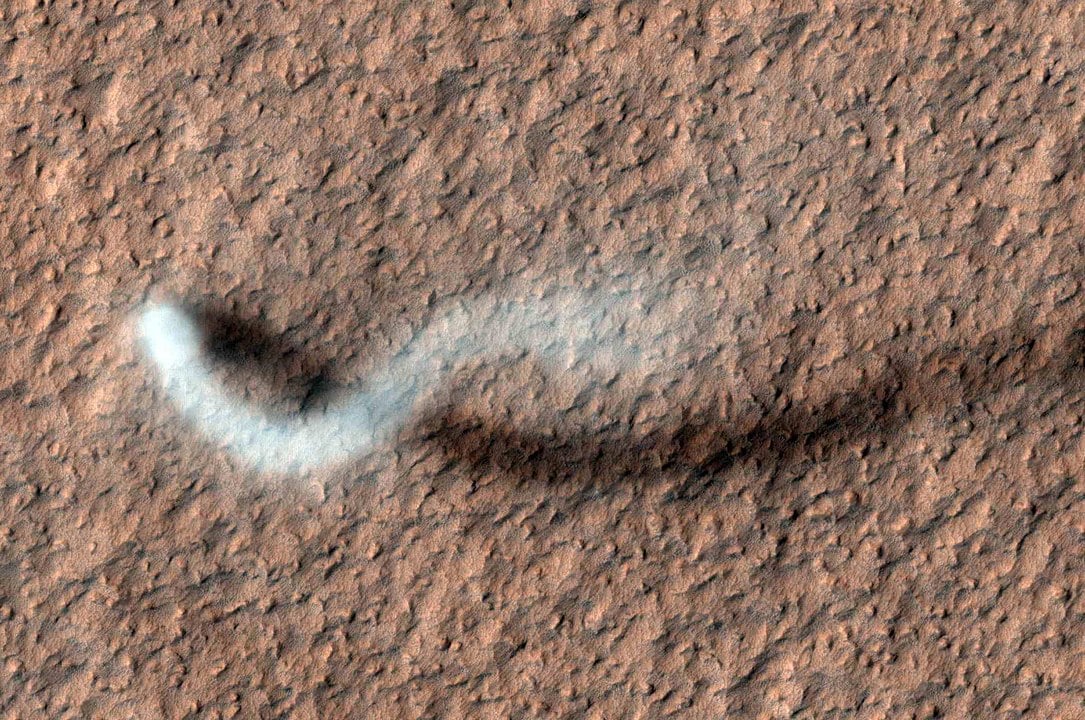
A team of scientists have detected electric discharges on Mars for the first time, confirming a phenomenon that was theorised for decades but never directly observed until now. The Perseverance rover's microphone accidentally captured the electromagnetic and acoustic signatures of sparks generated inside Martian dust devils, similar to the static shocks you might experience touching a metal door handle. This discovery changes our understanding of Mars's atmospheric chemistry and could explain longstanding mysteries about the rapid disappearance of methane in the Martian atmosphere, while also raising important safety considerations for future human missions to the red planet.
